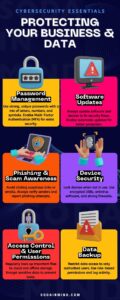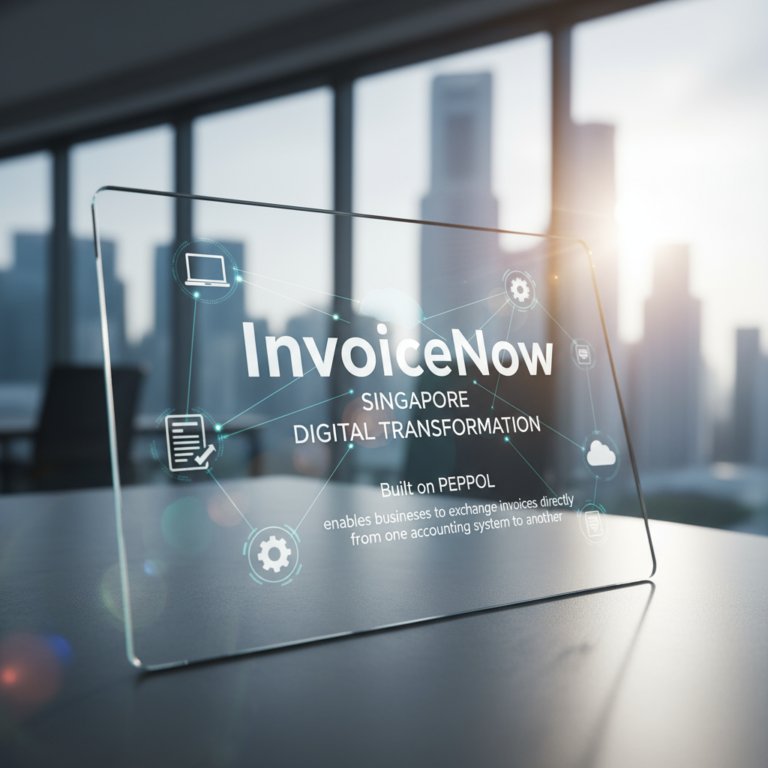Phishing emails continue to be one of the most common cybersecurity threats faced by individuals and businesses alike. They aim to trick users into revealing sensitive information like passwords, credit card numbers, or personal data. Understanding how to recognize and avoid phishing attempts is crucial for protecting your accounts and safeguarding your company’s digital assets. By developing a few simple habits, you can reduce the risk of falling victim to scams and ensure your online interactions remain secure. In this article, we’ll explore five practical tips for identifying phishing emails, helping you stay vigilant and confident in a digital world filled with potential threats.
1. Check the Sender’s Email Address Carefully
One of the easiest ways to spot a phishing email is by examining the sender’s address closely. Cybercriminals often use addresses that mimic legitimate ones with subtle changes.
- Look for small misspellings or strange domain names.
- Legitimate organizations typically use business domains rather than free email services.
2. Watch Out for Urgent or Threatening Language
Phishing emails frequently use anxiety-inducing language to pressure you into quick actions, such as clicking a link or providing information.
- Beware of messages claiming your account will be locked or that you owe immediate payment.
- Always verify urgent claims directly with the organization through official channels.
3. Inspect Links Before Clicking
Links embedded within phishing emails may lead to fraudulent websites designed to steal your information.
- Hover your mouse over a link to preview the actual URL.
- If the address looks suspicious or doesn’t match the company’s official site, do not click.
4. Be Cautious with Attachments
Attachments in phishing emails often contain malware or viruses that can compromise your system once opened.
- Only open attachments from trusted sources.
- When unsure, confirm the sender’s intent through a separate communication channel.
5. Look Out for Generic Greetings and Grammar Mistakes
Phishing emails often include generic salutations like “Dear user” instead of your name, as well as poor grammar or awkward phrasing.
- Professional organizations maintain consistent, polished communication.
- Multiple errors or awkward tone are strong indicators of a scam.
Conclusion
Phishing emails are becoming increasingly sophisticated, but remaining alert and practicing careful scrutiny can effectively shield you from danger. Always stay cautious when interacting with unexpected messages, even if they appear to come from familiar sources. By applying these five tips, you can protect not only your personal data but also your organization’s digital security. At Sodainmind, we take cybersecurity and digital transformation seriously. As an approved Access Point for InvoiceNow, we help Singaporean businesses embrace secure and efficient digitalisation processes. If your company is looking to strengthen its online operations or streamline invoicing systems, our team is ready to assist. Contact us today at info@sodainmind.com to start your secure digital journey with confidence.















